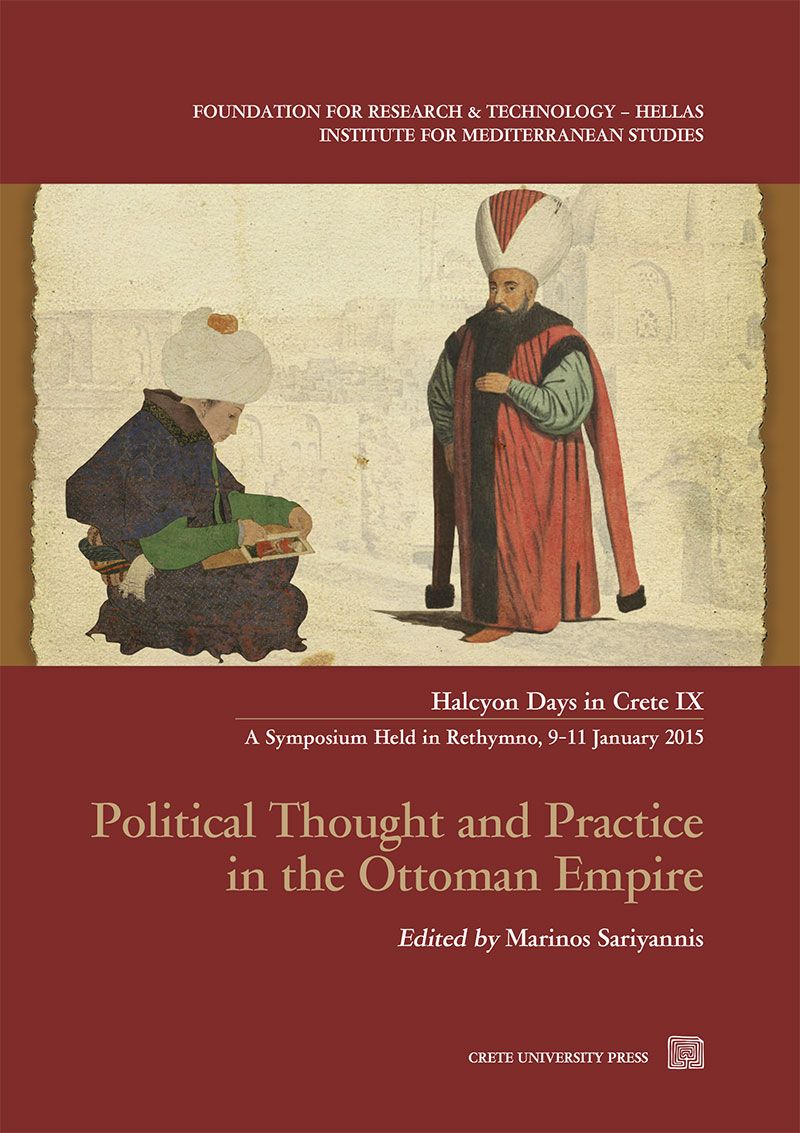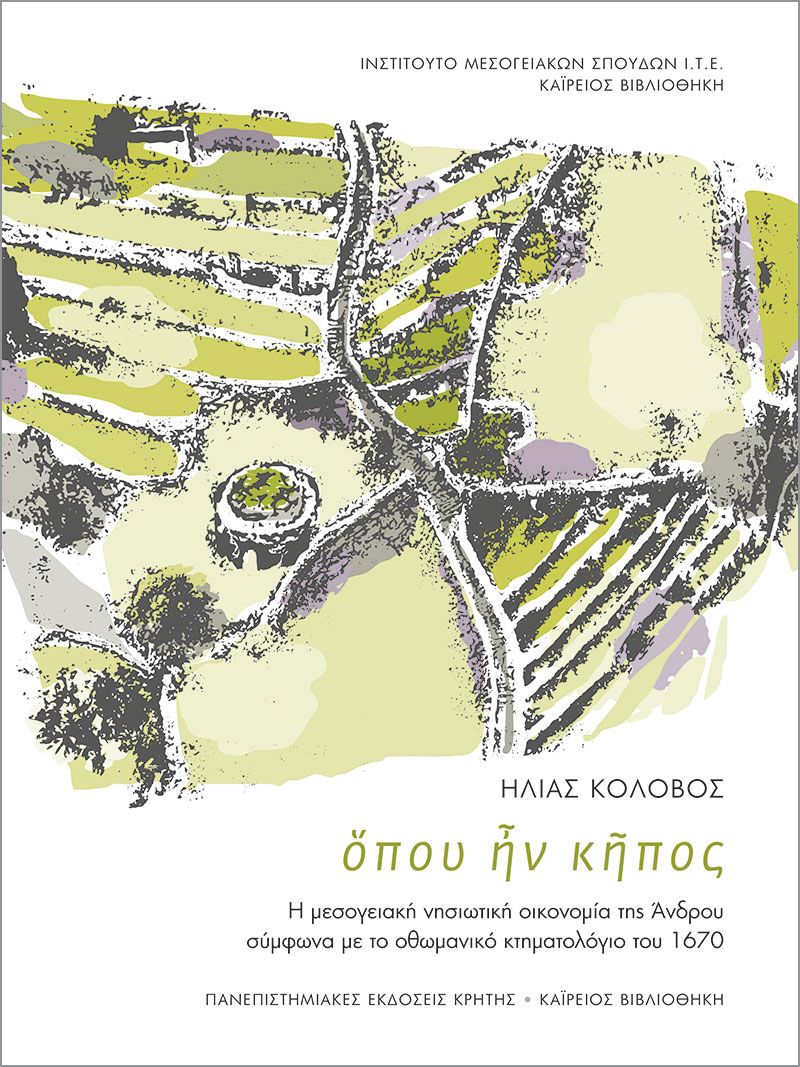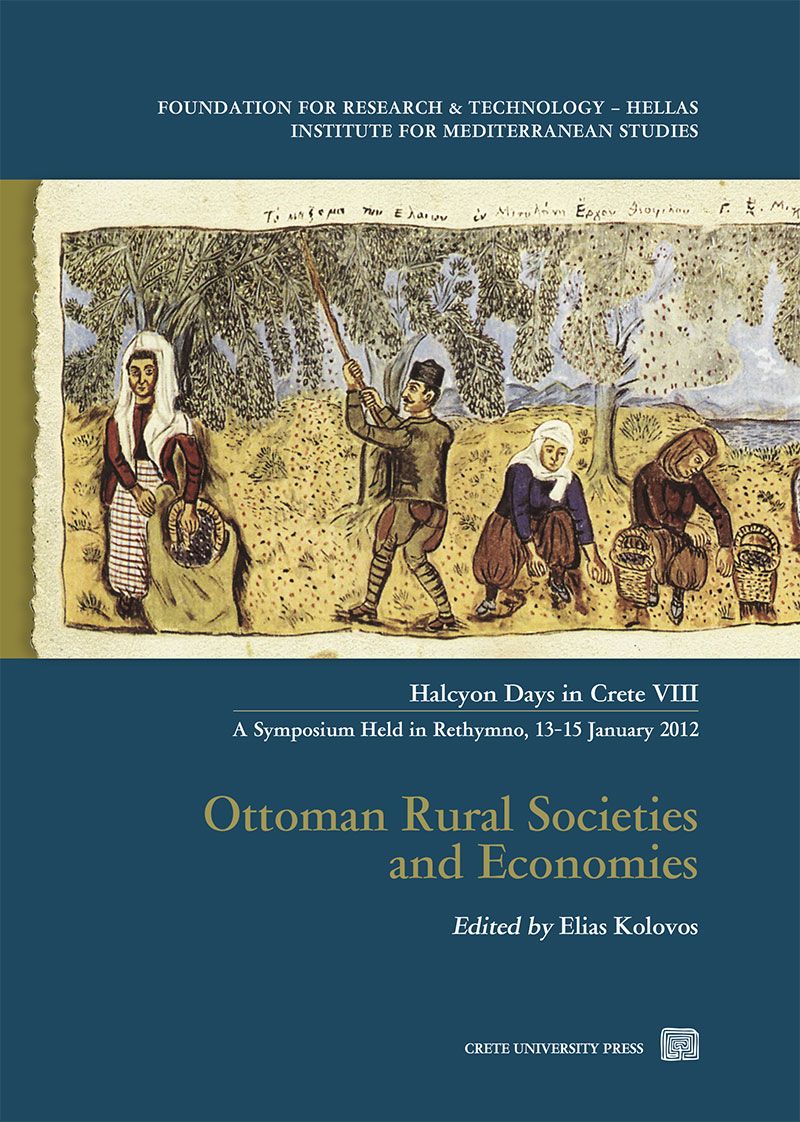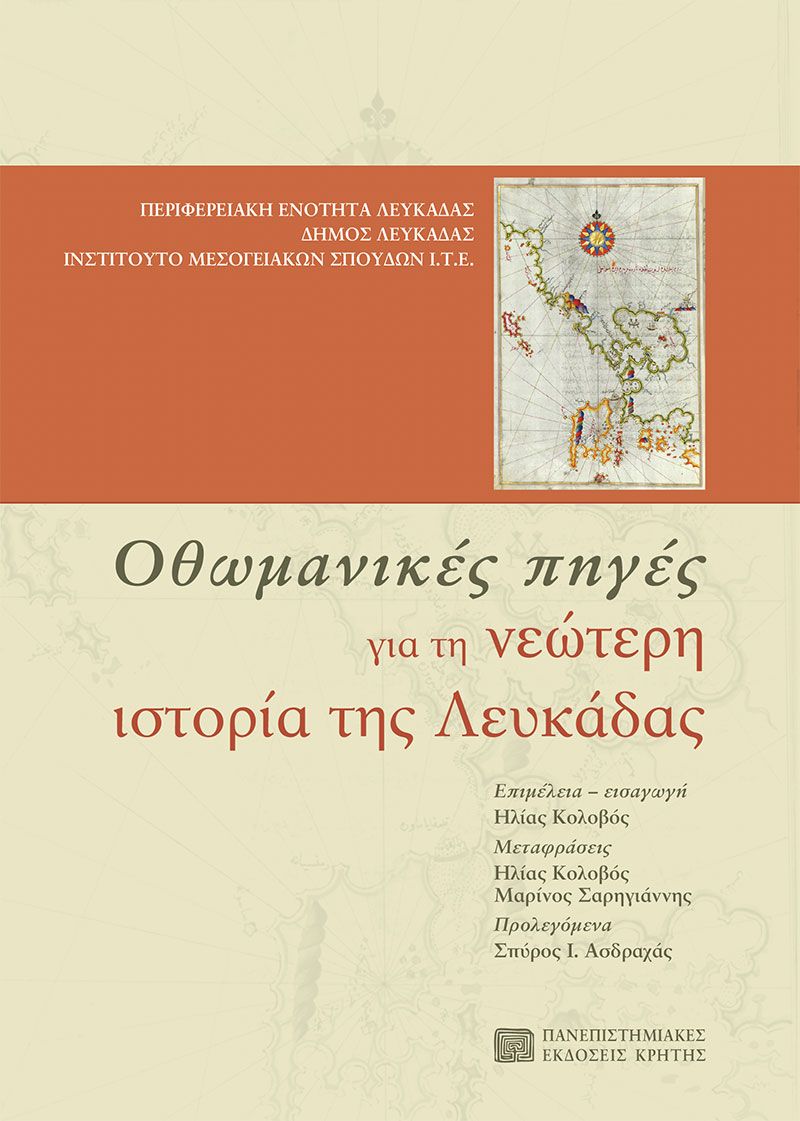21,00€ 14,70€
Το βιβλίο
Πληροφορίες
Η μετατροπή ενός μικρού εμιράτου στην παντοδύναμη Oθωμανική αυτοκρατορία, η οποία διαδέχθηκε εκείνη του Bυζαντίου και ήταν σε στενή επαφή με τον δυτικό Xριστιανικό κόσμο επί πολλούς αιώνες, παραμένει ένα φαινόμενο με πολλαπλές ερμηνείες. Oι θεωρίες των μεγάλων ιστορικών M.G. Kuprulu και P. Wittek, που διαμορφώθηκαν και οι δύο στη δεκαετία του 1930, έχουν πρόσφατα τροποποιηθεί. Πρόσφατες ανακαλύψεις και μελέτες που τις διαδέχθηκαν έχουν προκαλέσει πλήθος συζητήσεων, με νέα επιχειρήματα, και έδωσαν επιπρόσθετες ερμηνείες. O ρόλος των δερβίσηδων αναδεικνύεται σημαντικότερος από ό,τι νομιζόταν, και η ανακάλυψη νομισμάτων ρίχνει νέο φως στο ταπεινό ξεκίνημα των Tούρκων εμίρηδων του 14ου αιώνα, ενώ το αρχειακό υλικό που μελετήθηκε αποσαφήνισε πολλούς από τους νεότερους θεσμούς της Oθωμανικής αυτοκρατορίας. O τόμος περιλαμβάνει 17 άρθρα εστιασμένα στην επανεξέταση της ιστορίας του Oθωμανικού Eμιράτου.
The transformation of a small emirate into the powerful Ottoman empire, which succeeded that of Byzantium and constituted an impact on the western Christian world for several centuries, remains a phenomenon with a variety of aspects. The theories of the great historians M.F. Koprulu and P. Wittek, both put forward in the 1930s, have recently been challenged. On th other hand, recent findings and subsequent studies have provoked further discussions with new arguments, and provided additional explanations. The role of dervishes has been stressed. Coins have been found which shed new light on the humble beginnings of the fourteenth-century Turkish emirs. New texts have been discovered while tahrir-defters have clarified early institutions. The Institute of Mediterranean Studies organised a Symposium focusing on a re-examination of the history of the Ottoman emirate and this volume contains seventeen papers presented at it.
978-960-7309-58-7
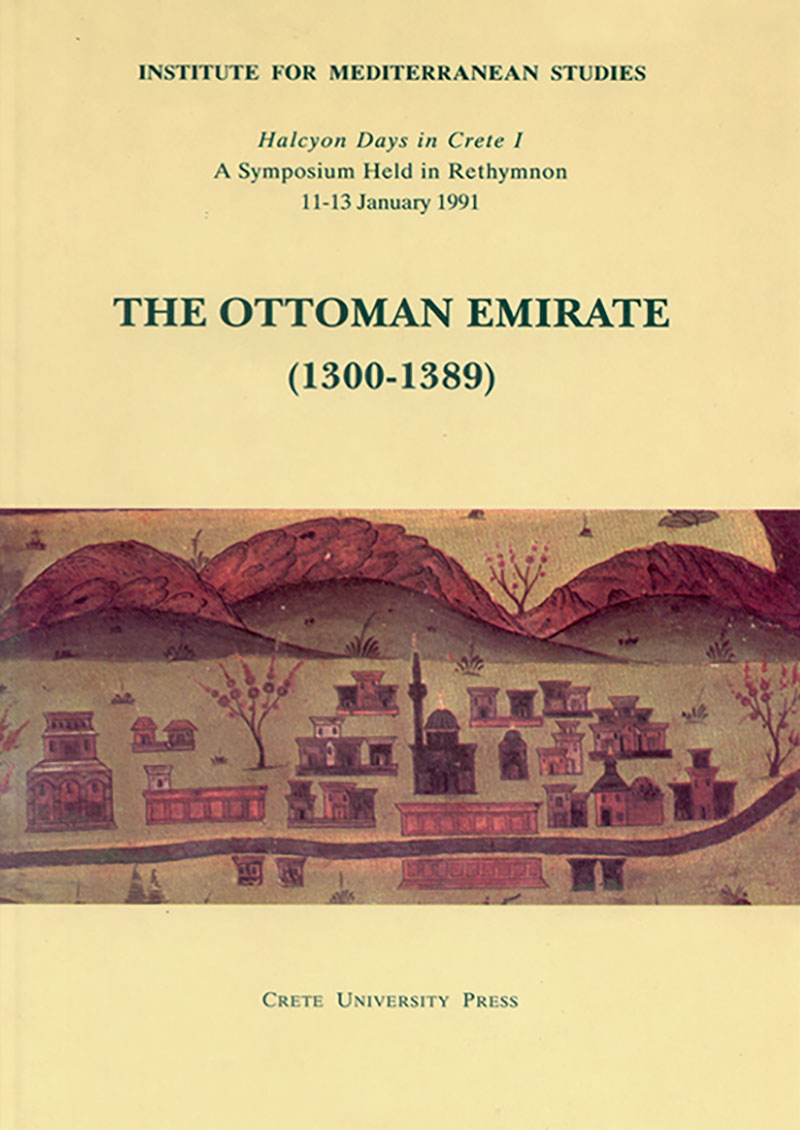
Περιεχόμενα
Michel, Balivet, Culture ouverte et echanges inter-religieux dans les villes ottomanes du XIVe siecle
Irene Beldiceanu-Steinherr, La population non-musulmane de Bithynie (deuxieme moitie du XIVes. – premiere moitie du XVes
Vassilis Demetriades, Some Thoughts on the Origins of the Densirme
Feridun Emecen, Ottoman Policy of Conquest of the Turcoman Principalities of Western Anatolia with Special Reference to Sarukhan Beyligi
Aldo Gallotta, Il «mito oguzo» e le origine dello stato ottomano: Una riconsiderazione
Gyorgy HazaI, La place dy XIVe siecle dans l’evolution de la langue turque
Colin Imber, The Legend of Osman Gazi
Halil Inalcik, Osman Ghazi’s Siege of Nicaea and the Battle of Bapheus
Jacques Lefort, Tableau de la Bithynie au XIIIe siecle
Anthony Luttrell, Latin Responses to Ottoman Expansion before 1389
Irene Melikoff, L’origine sociale des premiers Ottomans
Ahmet Yasar Ocak, Les milieux soufis dans les territoires du beylicat ottoman et le probleme des ‘Abdalan-i Rum’ (1300-1389)
Nicolas Oikonomides, The Turks in Europe (1305-13) and the Serbs in Asia Minor (1313)
Stephen W. Reinert, From Nis to Kosovo Polje: Reflections on Murad I’s Final Years
Speros Vryonis Jr., The Muslin Family in 13th-14th Century Anatolia as Reflected in the Writings of the Mawlawi Dervish Eflaki
Elizabeth A. Zachariadou, The Emirate of Karasi and that of the Ottomans: Two Rival States
Konstantin Zhukov, Ottoman, Karasid and Saruhanid Coinages and the Problem of Currency Community in Turkish Western Anatolia (’40s – ’80s of the 14th Century)
